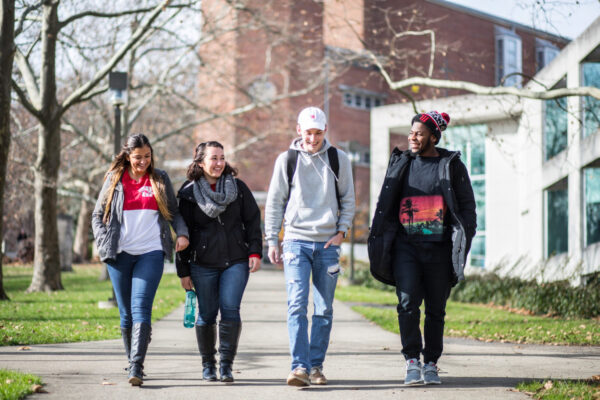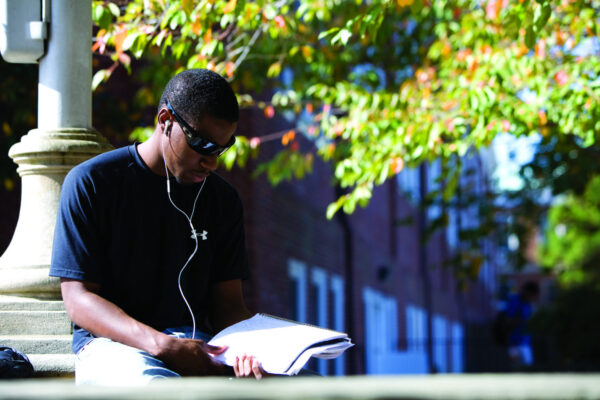African American Borrowers Face Student Loan Crisis
Title: The Continued Student Loan Crisis for Black Borrowers
Authors: Ben Miller
Source: Center for American Progress
Using recently released data from the U.S. Department of Education, a new brief from the Center for American Progress highlights the student loan crisis facing African American borrowers.
The data tracks students who entered college in the 2011-12 academic year and shows concerning trends in student loan default rates, particularly for Black students. Of the borrowers who started college in 2011-12, nearly 33 percent of Black students had defaulted on their loans by 2017, compared with just 13 percent of their White peers.
By institutional sector, default rates for all borrowers were highest for students who attended for-profit institutions. However, even at four-year public and nonprofit institutions, Black borrowers defaulted at a rate nearly 2.5 times higher than Hispanic students, and nearly four times higher than White students.
Importantly, not earning a credential within six years also adversely impacted Black borrowers. More than half of Black non-completers (55 percent) defaulted on their loans, compared with one-third of their White peers. Default rates among bachelor’s degree recipients were lower, though the authors note that most four-year degree holders would have had at most two years to begin repayment.
The brief also focuses on the role of income-driven repayment (IDR) plans, which limit a borrower’s payment amounts to a specified proportion of their income. Low-income earners using an IDR option may have low–to-no payments required given their income level. However, as interest still accrues, this may ultimately lead to greater loan debt. Despite this, the data suggests that IDR is useful for all borrowers, regardless of completion status. Students who used IDR options defaulted at much lower rates than their peers. According to the report, more than one-third of Black bachelor’s degree recipients used IDR plans to manage their loan debt.
Finally, the brief notes the limitations of the data and offers comparisons with earlier cohorts of students. It argues that the data clearly illustrates an escalating student debt crisis, one that policymakers must seriously contend with and remedy.
To read the full brief, please visit the Center for American Progress’ website.
—Charles Sanchez
If you have any questions or comments about this blog post, please contact us.


